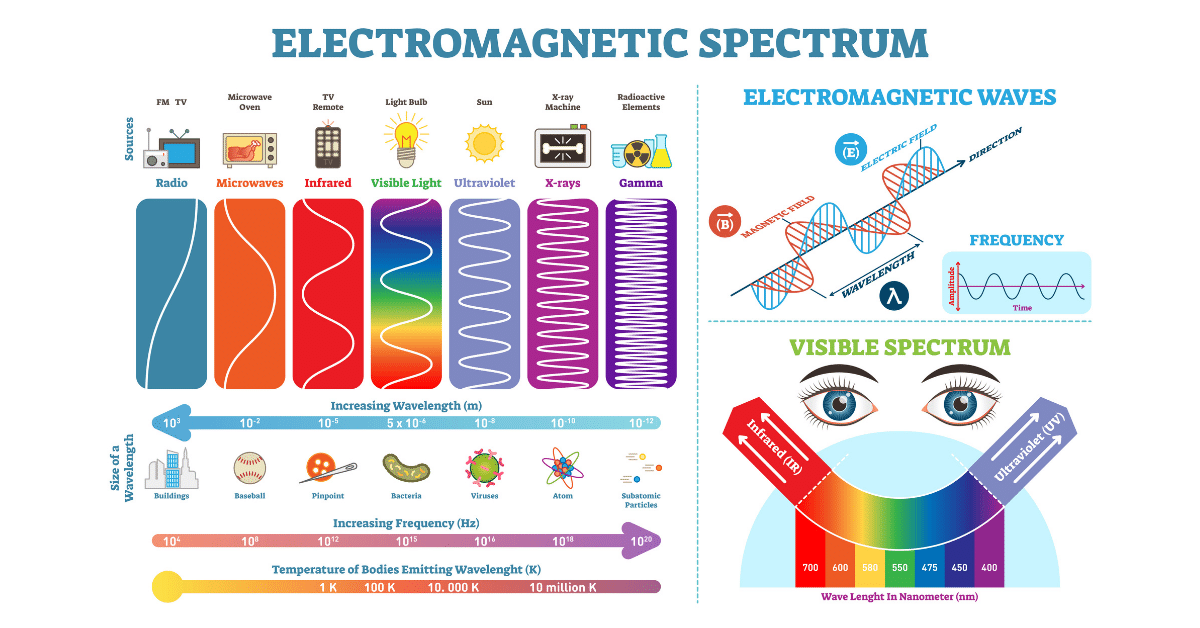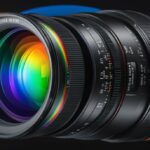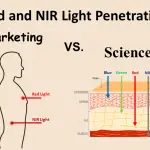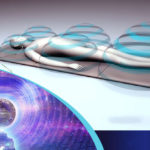Near infrared technology is a revolutionary new technology that has been gaining popularity in recent years. With the ability to detect and measure the energy levels of objects beyond the visible spectrum of light, it has the potential to revolutionize the way we interact with our environment. In this article, we will explore what near infrared technology is, how it works, and the different applications it can be used for. Get ready to learn about the exciting possibilities of near infrared technology!

Contents
What Is Near Infrared Technology?
Near Infrared (NIR) technology is a type of imaging technology that uses light in the infrared spectrum to capture images. It is widely used in a variety of industries, such as medical imaging, security, surveillance, and industrial automation. NIR technology is also used in astronomy, photography, and video recording. By capturing images in the near-infrared range, these technologies allow for better and more detailed imaging results.
NIR technology works by using light in the infrared spectrum to capture images. Unlike visible light, infrared light can penetrate surfaces and objects, which makes it ideal for imaging. NIR light is also invisible to the naked eye and allows for more detailed images. The range of the NIR spectrum is from 700 nanometres (nm) to 1,000 nm. This range is shorter than the visible light range and longer than the far infrared range.
The main advantage of NIR technology is that it can be used to detect objects, materials, and biological features that are otherwise not visible in the visible spectrum. This makes it useful in medical imaging, security, surveillance, industrial automation, and other applications. Additionally, NIR imaging can be used to detect objects in low light or low contrast environments.
Uses of Near Infrared Technology
Near Infrared technology is used in a variety of industries and applications. In medical imaging, it is used for non-invasive imaging of organs and tissues. It is also used for detecting and diagnosing cancer, and for identifying abnormal tissue growth. In security and surveillance, NIR technology is used for nighttime surveillance and for identifying objects in low-light environments.
In industrial automation, NIR technology is used to detect objects, materials, and biological features in manufacturing and industrial processes. Additionally, NIR technology can be used for monitoring, controlling, and optimizing industrial processes. Finally, in astronomy and photography, NIR technology can be used to capture images of distant stars and galaxies, as well as to capture images in low-light environments.
Benefits of Near Infrared Technology
There are a number of benefits to using Near Infrared technology. First, it can be used to capture images in low-light or low-contrast environments. This makes it ideal for security and surveillance applications. Additionally, NIR technology can be used to detect objects, materials, and biological features that are otherwise not visible in the visible spectrum, making it useful in medical imaging, industrial automation, and astronomy.
NIR technology is also non-invasive and safe to use. Since the light in the NIR spectrum is invisible to the naked eye, it does not cause any harm to the human body. Finally, NIR imaging is fast and cost-effective, making it an attractive option for many applications.
Limitations of Near Infrared Technology
Despite its many advantages, Near Infrared technology does have some limitations. The most significant limitation is that NIR imaging is limited to a specific range of light. Since the range is shorter than the visible light range, NIR imaging may not be able to capture certain objects or features. Additionally, NIR imaging can be affected by interference from other sources of light, such as sunlight.
Applications of Near Infrared Technology
Near Infrared technology is used in a variety of applications, including medical imaging, security and surveillance, industrial automation, astronomy, and photography. In medical imaging, NIR imaging is used to detect and diagnose cancer, as well as to identify abnormal tissue growth. In security and surveillance, NIR technology is used for nighttime surveillance and for identifying objects in low-light environments.
In industrial automation, NIR technology is used to detect objects, materials, and biological features in manufacturing and industrial processes. Additionally, NIR technology can be used for monitoring, controlling, and optimizing industrial processes. Finally, in astronomy and photography, NIR technology can be used to capture images of distant stars and galaxies, as well as to capture images in low-light environments.
Frequently Asked Questions
What is Near Infrared Technology?
Answer: Near Infrared (NIR) technology is a type of optical imaging that uses light waves of a specific range of wavelengths to capture images. This form of imaging is used in a variety of applications, including medical imaging, industrial inspection, and security and surveillance. NIR technology is able to detect objects that are not visible to the naked eye, including body tissues, chemical compounds, and other materials.
What are the Benefits of Near Infrared Technology?
Answer: Near Infrared technology offers several advantages over other imaging techniques. It is non-invasive and can be used in a variety of settings. NIR imaging is also highly sensitive, allowing it to detect subtle changes in the environment or in the body. Furthermore, NIR imaging is fast, allowing for quick scanning and analysis of large areas. Finally, NIR imaging is relatively inexpensive compared to other imaging techniques.
What are the Limitations of Near Infrared Technology?
Answer: Near Infrared technology has several limitations. It is limited to capturing images within a certain range of wavelengths, meaning it cannot detect objects or materials that have a different wavelength. Additionally, NIR technology is not as accurate as other imaging techniques such as X-ray imaging. Finally, NIR imaging is limited to capturing two-dimensional images, meaning it cannot capture three-dimensional objects or materials.
How is Near Infrared Technology Used?
Answer: Near Infrared technology is used in a variety of applications, such as medical imaging, industrial inspection, and security and surveillance. In medical imaging, NIR technology is used to detect body tissues and other materials that are not visible to the naked eye. In industrial inspection, NIR imaging is used to quickly detect defects in materials and components. Finally, NIR imaging is used in security and surveillance to detect objects and materials that are not visible to the naked eye.
What Equipment is Needed for Near Infrared Technology?
Answer: The equipment needed for Near Infrared technology depends on the application. Generally, NIR imaging requires an infrared camera and a light source such as an LED or halogen lamp. For medical imaging, additional equipment such as a probe may be required. Additionally, the camera and light source must be configured to emit light of the correct wavelength to capture images.
How Does Near Infrared Technology Work?
Answer: Near Infrared technology works by emitting light of a specific range of wavelengths and capturing the reflected light. The camera then uses this reflected light to create an image. Different objects and materials reflect light of different wavelengths, allowing the camera to differentiate between them. The captured image is then analyzed to detect changes in the environment or to detect objects and materials.
Introduction to NIR Technology
Near Infrared Technology has revolutionized the way we use technology in our everyday lives. Its ability to detect and transmit electromagnetic radiation in the near-infrared spectrum has allowed us to create solutions that are more efficient, safer and cost-effective. From medical imaging to remote sensing, Near Infrared Technology has revolutionized the way we use technology to better our lives. The potential for Near Infrared Technology is limitless and its applications are constantly evolving, making it an invaluable asset in the modern world.









